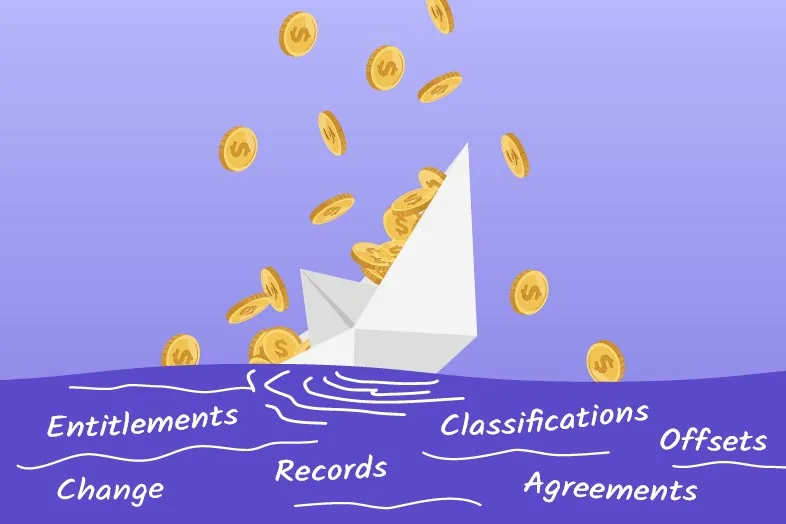The gender pay gap has long been a measure of fairness and equality. But today, it has become something more: a litmus test for how organisations govern themselves.
Behind every percentage point lies a story about how work is valued, how roles are structured, and how leadership translates stated values into measurable practice.
Since March 2024, the Workplace Gender Equality Agency (WGEA) has published employer-level gender pay-gap results for private-sector organisations with 100 or more employees. This new level of transparency has shifted the conversation from a quiet internal HR discussion to a public marker of corporate credibility. (WGEA Employer Gender Pay Gaps Report 2023–24).
What was once an internal indicator of culture is now a governance benchmark. Investors, boards, and employees are asking: Do we understand our data well enough to explain it? And more importantly, what are we doing about it?
In collaboration with EvenBetter.ai, this article explores how transparency in pay-gap reporting is raising expectations for leaders and redefining what strong payroll governance looks like in the age of public accountability.
Seeing the story behind the numbers
The gender pay gap is rarely the result of a single policy or decision. It is the cumulative outcome of how opportunity, progression, and reward intersect, and how those patterns are recorded, classified, and understood.
Every WGEA figure draws information from payroll and HR systems, using information on salary, hours, employment type and classification (WGEA methodology). But raw data alone is not enough. Patterns are only meaningful when data is accurate, complete, and well-governed.
This is where many organisations are being tested. When pay data is fragmented across systems or when classifications are inconsistent, even well-intentioned leaders can struggle to explain the results now visible to the public.
When employers get data right, however, something powerful happens. Reporting evolves from compliance to intelligence, showing not just what the pay gap is, but why it exists. Suddenly, the conversation moves from defensiveness to discovery.
The message is clear: understanding data is the first step to understanding pay equality.
Governance, compliance and accountability
Strong governance is what turns transparency into assurance. Boards and executives are no longer expected just to know their results. They are expected to understand the processes that produce them.
The Fair Work Act 2009 reinforces this standard, requiring men and women performing work of equal or comparable value to be paid equally. But compliance alone is not enough. True leadership means demonstrating that these principles are embedded in systems, not just reflected in policy documents. (Fair Work Act 2009, Cth).
When governance and transparency align, organisations gain early visibility into risk, strengthen decision-making, and build confidence that pay and progression are being managed lawfully and fairly.
“The question for leaders is no longer, ‘Do we have a gender pay gap?’, but ‘Can we explain it, contextualise it, and close it with intent?’”, says Sorrel Kesby, Founder and Co-CEO of EvenBetter.ai.
Building meaningful progress on gender pay gaps
Meaningful progress on pay equality does not happen through reporting alone. It is built through consistent, data-driven action. Organisations can start by focusing on three foundations:
- Strengthen data foundations
Align payroll, HR, and job architecture data to create a single, accurate view of how pay is applied. When data quality is high, equality becomes measurable, verifiable, and actionable. - Build internal accountability
Treat pay equality as a governance responsibility, not just an HR priority. Assign ownership, review outcomes regularly, and test controls with the same discipline applied to financial reporting. - Moving from periodic to continuous insight.
Shift from annual reviews to ongoing monitoring. Analytics and AI-driven platforms like EvenBetter.ai allow organisations to detect patterns, validate assumptions, and act early; long before the next reporting cycle.
By embedding these practices, leaders can turn pay equity into a continuous assurance process, not a once-a-year compliance task.
The opportunity
Public reporting has changed how organisations are assessed. Employees, investors, and the public now expect evidence of real progress, not just policy statements.
While transparency can feel exposing, it also presents a remarkable opportunity. Closing pay gaps strengthens trust, improves retention, and reinforces that a company’s stated values are more than words. They are measurable realities.
In this new environment, payroll governance is not just about compliance; it is about credibility. It is a chance for leaders to demonstrate control, care, and foresight in an area that speaks directly to organisational integrity.
When accuracy, oversight, and accountability align, transparency stops being a reputational risk and becomes a clear signal of confidence.
“In the end, the gender pay gap is not just a test of fairness. It is a test of governance, leadership, and the discipline to see, and act on, the story your data is telling,” Kesby adds.






.svg)

